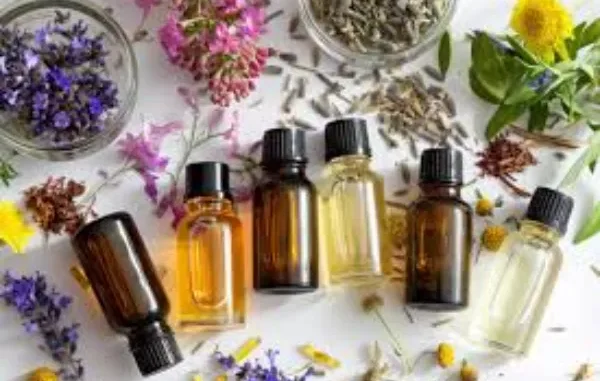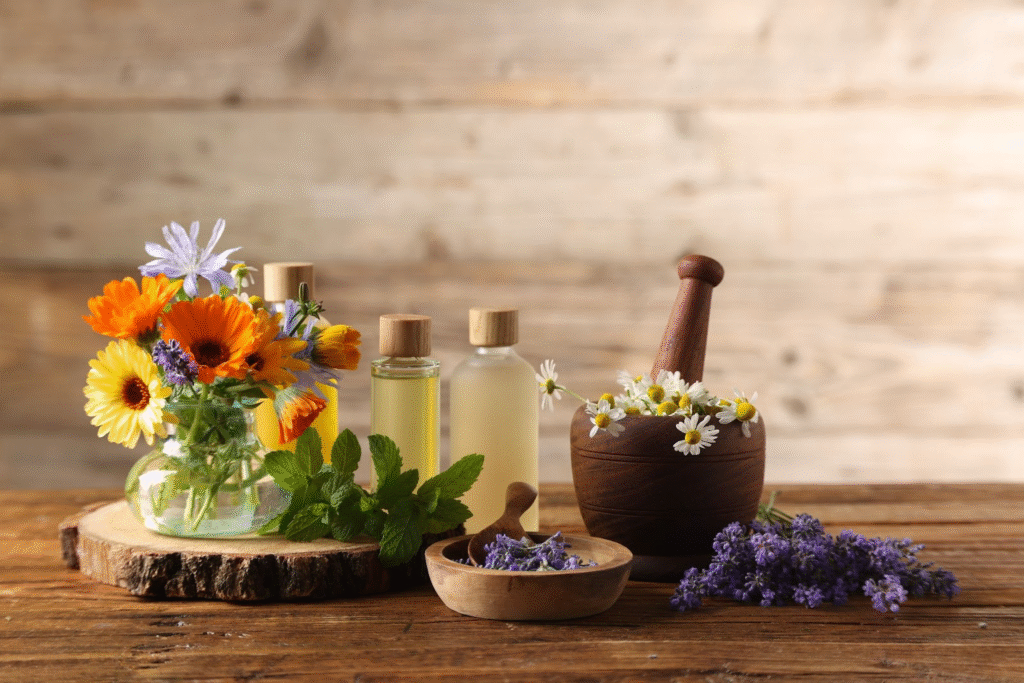

Essential oils are everywhere these days. They’re used in skincare, cleaning, aromatherapy, and even DIY bug sprays. But what if you could make your own instead of buying every tiny bottle off the shelf?
Learning how to make your own essential oils gives you complete control over what goes into them, from the herbs you use to the extraction method. It’s a hands-on way to personalize your blends and avoid additives often found in commercial products.
This guide will teach you the basics of making small batches for personal use and the art (and science) of experimenting with natural scents.
Why Make Your Own Essential Oils?
Making your own essential oils is a smarter and more sustainable way to take control of what goes into your wellness routine. Here’s why it’s worth it:
- Control the Quality: You choose the herbs, the carrier oils, and the method. There are no additives, no guesswork.
- Less Waste, More Sustainability: Homemade oils reduce waste and packaging. Using local plants and reusing containers is better for the planet (and your wallet).
- Save Money Over Time: High-quality oils can be expensive. DIY blends cost less, especially if you grow your herbs or buy bulk from trusted botanical suppliers.
- Learn Something New: Making oils connects you to the source. It’s hands-on, satisfying, and surprisingly meditative.
In essence, making essential oils at home is a mindful, sustainable, and economical approach that offers superior control over quality and environmental footprint. However, if you need large batches or if the oils you need require hard-to-source ingredients, then working with a sustainable supplier to buy pre-made oils is often the smarter decision (this shop is our top pick).
What You’ll Need to Get Started
You don’t need a lab setup to start making oils. You may already have a few tools and ingredients lying around your kitchen. Some of the must-have items include:
- Glass jars or mason jars with lids.
- Cheesecloth or fine mesh strainer.
- A crockpot, double boiler, or sunny windowsill.
- Dark glass bottles for storage.
- Carrier oils (such as jojoba, olive, or sweet almond).
Note: To produce concentrated oils using steam, you’ll need a small copper still or a distillation kit. These setups are more of an investment but yield pure essential oil.
Top Methods for Making Your Own Essential Oils
Making your own essential oils doesn’t have to follow the same path every time. These alternative methods are accessible, practical, and ideal for beginners or small-batch enthusiasts exploring beyond the basics.
- The Quick Heat Infusion Method
If you don’t want to wait weeks for a traditional infusion, this heat-based version speeds things up using a double boiler or slow cooker. It won’t yield concentrated essential oil, but it produces a richly scented botanical oil that works beautifully in skincare, massage blends, and scrubs.
To try it, place your dried herbs and carrier oil in a glass jar and set the jar into a pot of hot water (like a water bath). Keep the heat low and infuse for two to four hours. Stir occasionally and observe closely, as you should avoid cooking the herbs. Instead, aim to extract their properties gently.
- Alcohol Extraction
This lesser-known method is ideal for extracting essential oil from delicate or resin-heavy botanicals, like vanilla or myrrh. You’ll need high-proof food-grade alcohol (like 95% ethanol or Everclear).
Chop your plant material finely, soak it in the alcohol, and let it steep for a few days, shaking occasionally. Then strain out the solids. The resulting tincture contains aromatic compounds that can be evaporated (over days) to isolate the oil or used as-is for perfumery and therapeutic blends.
Disclaimer: This method isn’t recommended for skin application unless you fully evaporate the alcohol.
- Enfleurage (Old-School, Low-Tech, Beautiful)
One of the oldest essential oil-making methods in history, enfleurage uses solid fat to absorb essential oils from delicate flowers like jasmine, tuberose, or gardenia. It’s a labor of love, but totally doable at home.
Spread odorless fat (like shea or coconut oil) on a glass tray, press fresh petals into the surface, and let it sit for at least two days. Replace the petals daily until the fat is richly scented. Scrape the fat off and, if you’d like, mix it with alcohol to isolate the oil. Or simply use it as a rich, floral-scented balm.
Process First; Perfection Later
Making your own essential oils is less about perfection and more about the process. Whether you’re building your wellness routine, crafting gifts, or just curious about what goes into that little amber bottle, DIY oils are a rewarding way to reconnect with the power of plants.
So grab a jar, pick your herbs, and start blending. You might be surprised just how easy and satisfying it really is.
Leave a Reply